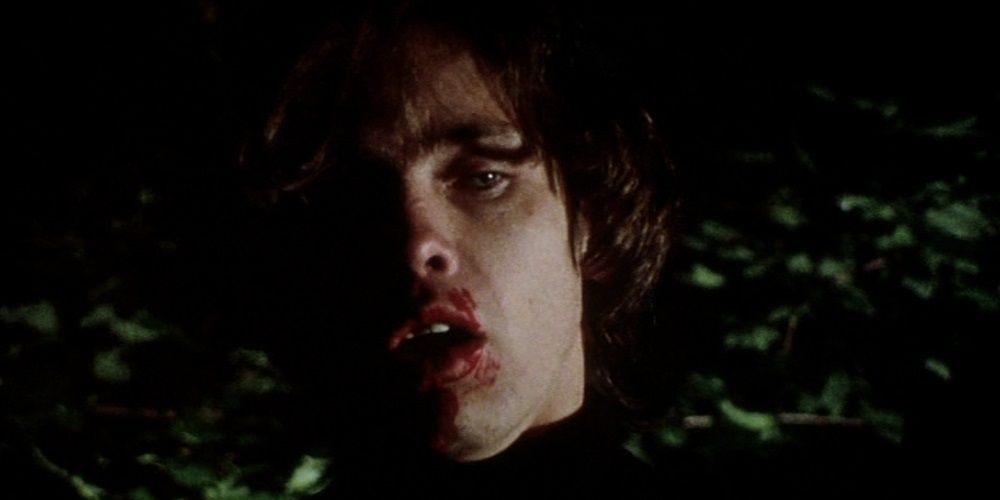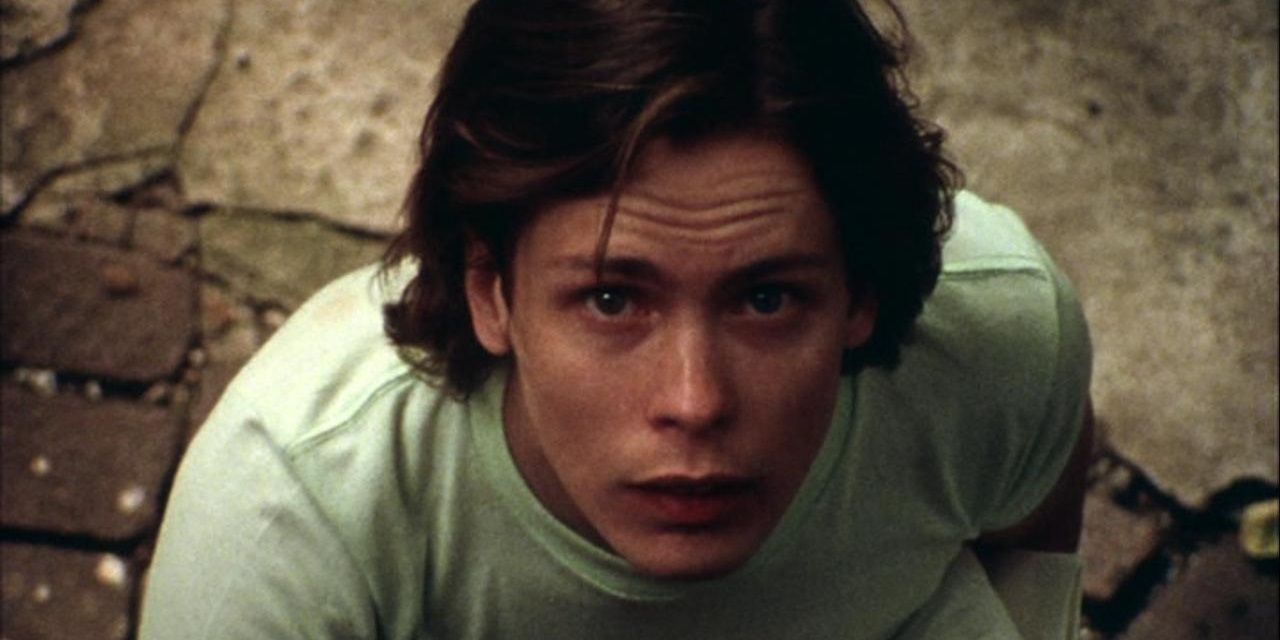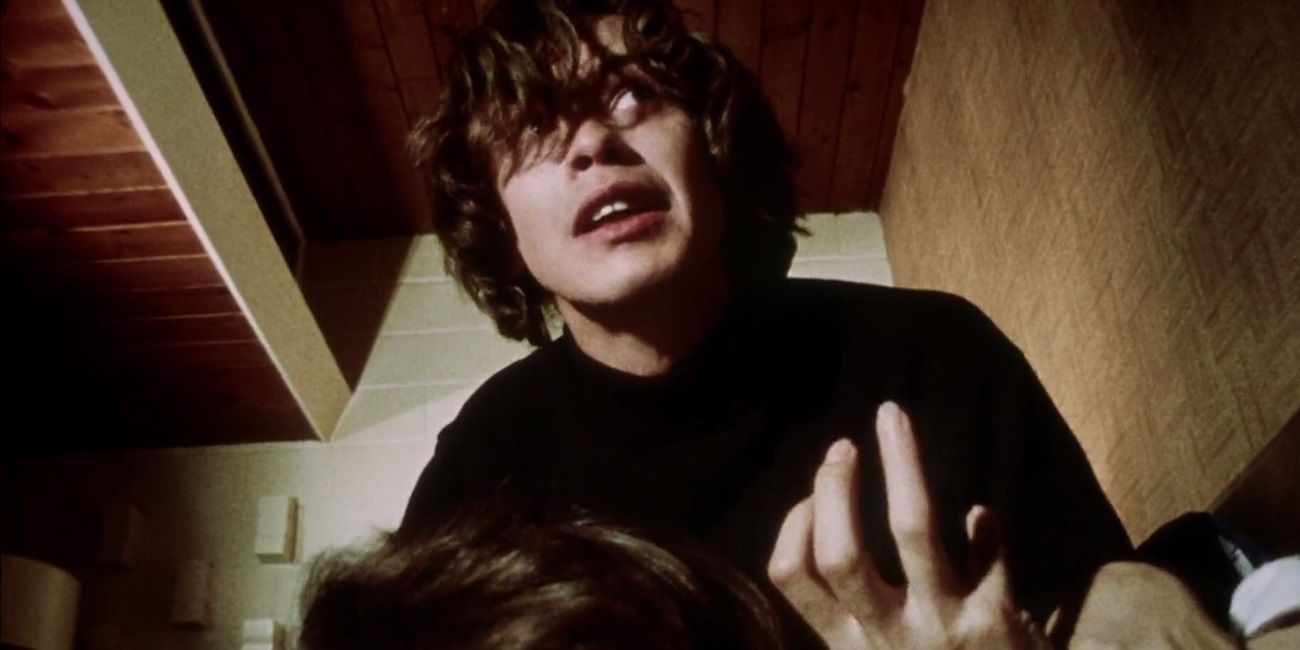The Godfather Of Zombies Directed One Of The Greatest Vampire Movies
George A. Romero is one of the most revered and influential horror filmmakers of all time. He’s often called “The Godfather of Zombies,” because he pioneered the zombie genre with his groundbreaking Dead series. The concept of the undead had been around since Haitian slaves came up with it hundreds of years ago, but Romero’s masterfully crafted directorial debut Night of the Living Dead created modern zombies as we think of them today.
The shuffling hordes of “ghouls,” band of survivors holed up in an isolated location, and blood-soaked makeup effects in Romero’s 1968 masterpiece ended up becoming a horror subgenre of its own. Romero solidified the tropes and themes of his new subgenre a decade later with 1978’s Dawn of the Dead, whose violence is even bloodier and whose satire is even more biting.
Four more Dead movies later, Romero was inextricably tied to the undead. It was impossible to mention his name without conjuring up images of zombies looking for brains to feast on. As great as Romero’s zombie movies are (most of them, anyway), he helmed a handful of horror gems in other subgenres, too. 1973’s The Crazies uses the leak of a biological weapon that turns people into psychotic murders as a response to America’s trust in its government being shaken by the Watergate scandal. 1982’s Creepshow is one of the rare horror anthologies that never has a lull with a lackluster segment. 1988’s Monkey Shines tells the delightfully offbeat story of a paralyzed athlete’s service monkey becoming homicidal. None of these movies are as iconic as Romero’s zombie movies, but they demonstrated his ability to step outside his comfort zone and tell different kinds of horror stories.

In 1978, the same year Dawn of the Dead was released, Romero made a movie about the other kind of undead: vampires. Martin tells the story of a young vampire (John Amplas) who moves in with his elderly cousin (Lincoln Maazel) in Braddock, Pennsylvania, in a bid to get his bloodlust under control. His cousin reluctantly allows him to stay in accordance with family tradition, but he’s determined to drive a stake through his heart. According to the book Night of the Living Dead: Behind the Scenes of the Most Terrifying Zombie Movie Ever, Romero proclaimed Martin to be his favorite of all his movies.
The most significant and acclaimed aspect of Romero’s filmmaking is his use of the horror genre as a prism for social commentary. In addition to blood and guts, his movies are filled with satire and symbolism. Night of the Living Dead uses the zombie apocalypse as a metaphor for racism. Dawn of the Dead uses hordes of flesh-eaters flocking to the mall to satirize consumerism.

Vampires have been used for all sorts of metaphors and symbolism. Jim Jarmusch’s Only Lovers Left Alive focuses on the existential terror of eternal life. In Ana Lily Amirpour’s A Girl Walks Home Alone at Night, vampirism is used to give the titular female protagonist some agency she otherwise wouldn’t have. In Martin, Romero uses the eponymous bloodsucker’s vampirism to represent teen angst.
Romero draws parallels between a hormonal teenager’s obsession with the opposite sex and a hungry vampire’s craving for the blood coursing through people’s veins. It’s common for teenagers to rebel against their parents, but Martin’s parental figure is actually from his generation; he just appears to be much younger because he doesn’t age. And that parental figure is waiting for him to slip up and murder someone so he can drive a stake through his heart and put an end to his supernatural reign. The specifics aren’t exactly universally relatable, but tensions between a teenager going through some stuff and an older authority figure who’s had enough of it certainly is.

The scariest set pieces in Martin are excruciatingly dragged out, because Martin isn’t a very good vampire. When he tries to sedate his victims so he can drain their blood, they always manage to slip away. In one extended home invasion sequence, Martin breaks into a house to kill a lonely wife while her husband is away on business and unexpectedly finds her in bed with a lover, complicating his plans. Chasing them both around the house, he ends up feeding on the lover’s blood instead and drugs the wife before leaving. These clumsy, messy attacks give Martin a quirkier, more offbeat tone than the average vampire movie.
Perhaps the most notable thing about Martin – besides being the first collaboration between Romero and legendary special effects artist Tom Savini, who would go on to define the look of his zombies – is its place in video nasty history. When Romero initially attempted to release Martin in the UK, it was seized and confiscated under Section 3 of the Obscene Publications Act 1959. The video nasty panic grew out of the release of ultraviolent movies like Cannibal Holocaust, Driller Killer, and I Spit on Your Grave, which had British Parliament worried about the social impact of exploitation cinema. Martin was ultimately not prosecuted, so being seized on grounds of obscenity just ended up being a badge of honor, like the letter of warning sent to N.W.A. by the FBI.
Martin may not be as well-known as Night of the Living Dead or Dawn of the Dead, and its vision is a little rougher around the edges than those timeless masterworks, but it is a unique take on vampiric lore. Its tense atmosphere, unnerving protagonist, and dark satire of teen insecurities make it an underrated horror gem.

Post a Comment